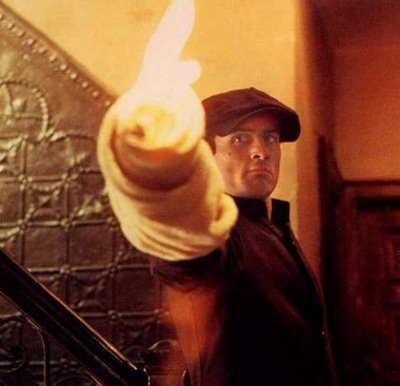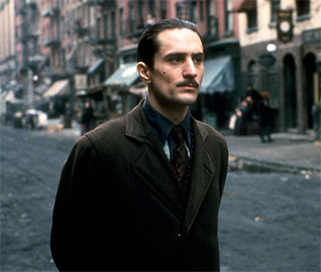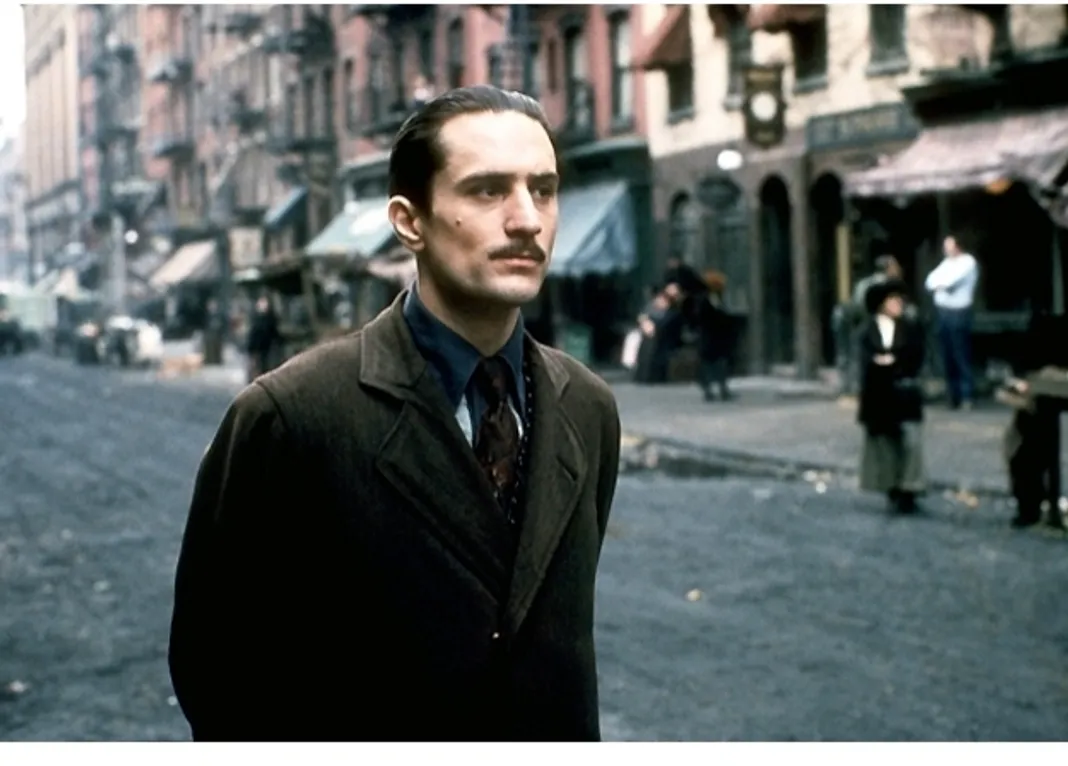 Understand this: Francis Ford Coppola had no interest in making The Godfather Part II. He didn’t think he could outdo the first one, and he wasn’t keen on setting himself up for failure. More importantly, he believed the story had been told. Paramount pushed him and he finally agreed, with some conditions for the studio: He get paid $1 million, finance The Conversation, not allow a single executive involved in the previous movie to be involved, and his old friend Robert Evans couldn’t even set foot on the set.
Understand this: Francis Ford Coppola had no interest in making The Godfather Part II. He didn’t think he could outdo the first one, and he wasn’t keen on setting himself up for failure. More importantly, he believed the story had been told. Paramount pushed him and he finally agreed, with some conditions for the studio: He get paid $1 million, finance The Conversation, not allow a single executive involved in the previous movie to be involved, and his old friend Robert Evans couldn’t even set foot on the set.
Coppola saw that if he managed to outdo the first Godfather movie in artistic, financial and critical success, he’d be able to do anything he wanted in Hollywood. He could even create the dream that had been burning in him for years: a little studio of people making personal films, a studio he wanted to call Zoetrope. The start of his artistic gambit was to set up The Godfather as Part II of a story – to develop the narrative and thematic of the first movie, and to play them as counterpoint. It is just that counterpoint and development that make The Godfather Part II a masterpiece.
It’s become cliché to call The Godfather Part II, along with Empire Strikes Back, one of the few sequels that is superior to its predecessor. But that’s an illusion cast by the power without the heavy lifting of the first movie. The Godfather takes care of everything: Michael’s backstory, the world of organized crime, familiarizing us with the colors and cadences and storytelling techniques of the world of the Corleones. That’s why Coppola fought so hard with the studio to call the movie The Godfather Part II; it is a genuine sequel.
And yet it remains that Coppola had very little interest in more stories about Michael Corleone. He’d had in his head an idea for a smaller, more personal movie about a father and a son, showing their development at the same age, in different times, in parallel. Additionally, he wanted to tell a story about a man who ends up being the father to his older brother. Coppola mapped out a way to mash up all these stories, over a deepened reflection of the structure of the first story. What do I mean by that?
Both movies begin with a large cultural gathering that sets up the way the head of the family runs things. Both movies depict Michael heading off to a small island, where he believes for a moment he might be free of the past, only to get his heart broken. Both movies end with a series of murders orchestrated by Michael. The Godfather Part II actually doubles all of this, because in addition to playing against Michael’s actions in the first film, the story about Vito Corleone holds a similar structure, but everything’s reversed. Everything that’s a failure for Michael is a success for Vito, and vice versa: begins with a funeral, moves on to a man consolidating his power and building a family, and holds within it a trip to Sicily where Vito avenges his family, setting himself free of the past.
 The Godfather Part II tells two narratives that play perfectly against one another and against the previous film. The overall structure of the films is much more like a symphony, using theme and variation as a driving force rather than the usual goal and obstacle. It’s hard to imagine now, but upon its release a lot of critics found The Godfather Part II to be an abstract mess that favored imagery over character and operatic moments over narrative cohesion.
The Godfather Part II tells two narratives that play perfectly against one another and against the previous film. The overall structure of the films is much more like a symphony, using theme and variation as a driving force rather than the usual goal and obstacle. It’s hard to imagine now, but upon its release a lot of critics found The Godfather Part II to be an abstract mess that favored imagery over character and operatic moments over narrative cohesion.
It didn’t matter. Over time, critical judgment has determined The Godfather Part I and II to be, collectively, one of the greatest artistic achievements in the history of film. As he predicted, the critical, financial, and artistic success put Francis Ford Coppola in a position to do whatever he wanted. And what did he do?
He put up his own money to make a movie about Vietnam, a topic nobody was willing to touch. Coppola took his money, a full production crew, his cast and his family to the jungle where, little by little, he went insane.


